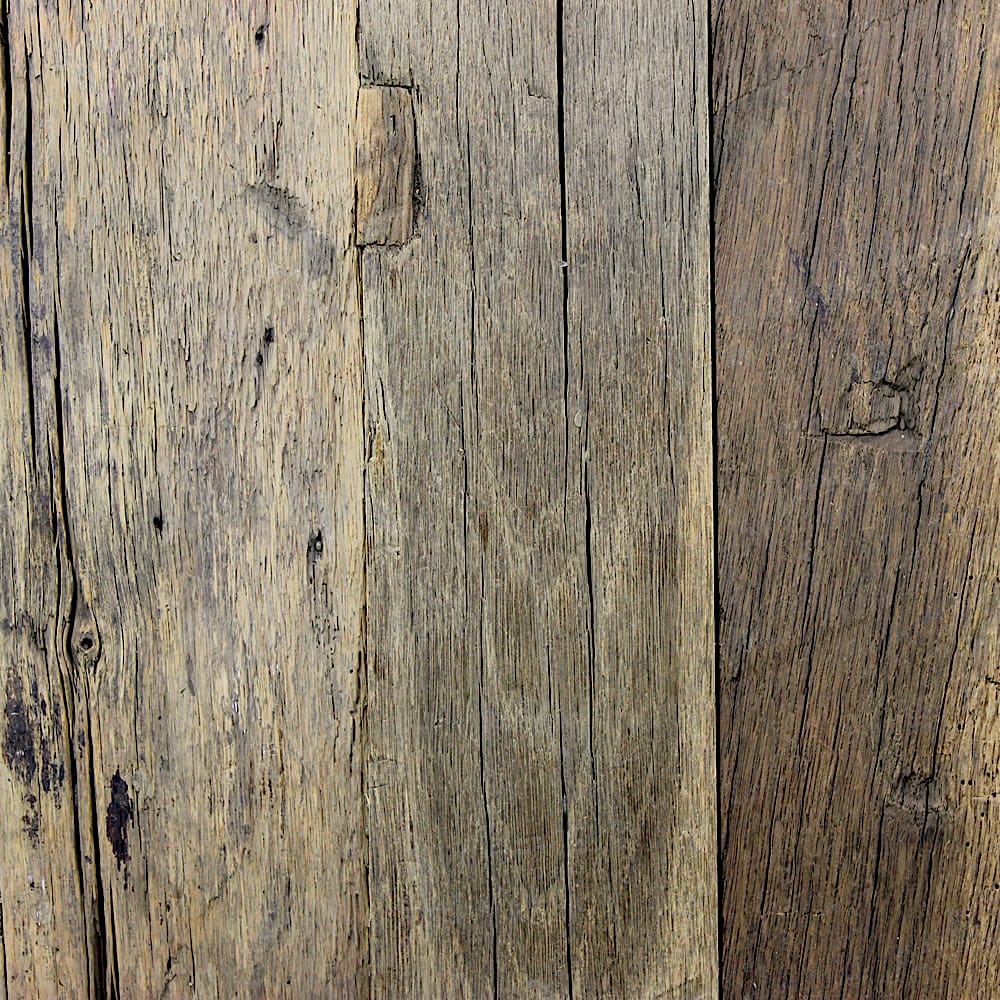
In the world of interior design, achieving a timeless look while incorporating modern sensibilities can be a delicate balance. One sophisticated solution that stands out is the use of aged wood paneling. This distinctive material not only adds character and warmth to any space but also effortlessly bridges the old with the new. In this blog post, we will explore how you can elevate your interior design by incorporating aged wood paneling (lambris bois vieilli) for a timeless and elegant ambiance.
The Allure of Aged Wood Paneling
Aged wood paneling immediately evokes a sense of history and craftsmanship. Its natural patina and textures are unmatched by newer materials, creating a unique aesthetic that speaks volumes about quality and taste. Whether you’re designing a cozy home office or an expansive living room, aged wood paneling can transform your space into a luxurious haven.
Why Choose Aged Wood Paneling?
Authentic Character and Warmth
One of the most compelling reasons to choose aged wood paneling is the authentic character it brings to any room. Unlike synthetic materials, aged wood has a natural warmth and depth that can make any interior feel inviting and lived-in. The subtle imperfections and weathered surfaces add a layer of complexity that is both visually and tactilely appealing.
Sustainable and Eco-Friendly Choice
In today’s environmentally conscious world, opting for aged wood paneling is a sustainable choice. Reclaiming and repurposing wood not only reduces waste but also lessens the demand for new lumber. This eco-friendly approach helps preserve forests and minimizes the carbon footprint associated with manufacturing new materials.
Versatile Design Options
Aged wood paneling offers a range of design possibilities. From rustic barn wood to sleek, mid-century modern styles, the versatility of aged wood allows it to complement various interior design themes. You can customize the finish, color, and layout to suit your specific taste and requirements.
How to Incorporate Aged Wood Paneling
Selecting the Right Panels
When choosing aged wood panels, it’s essential to consider the origin and type of wood. Different woods offer varying textures, colors, and grain patterns. For a more uniform look, opt for panels from the same source. However, mixing different types of aged wood can create an eclectic and dynamic visual effect.
Installation Techniques
The method of installation can significantly impact the overall look of your aged wood paneling. For a traditional feel, consider a tongue-and-groove installation. For a more modern twist, a shiplap or board-and-batten approach may be more suitable. Regardless of the technique, professional installation ensures that the panels are securely and aesthetically placed.
Finishing Touches
Finishing touches such as staining, sealing, or waxing can enhance the beauty and durability of aged wood paneling. A clear sealant can protect the wood from moisture and wear without altering its natural appearance. Alternatively, a light stain can bring out the rich tones of the wood while providing added protection.
Enhancing Different Spaces with Aged Wood Paneling
Living Rooms
In living rooms, aged wood paneling can serve as a stunning focal point. Consider an accent wall behind the sofa or a paneled ceiling to add depth and interest. Pairing the wood with plush textiles and modern furniture creates a balanced and inviting atmosphere.
Kitchens
Incorporating aged wood paneling in the kitchen can add a rustic charm that contrasts beautifully with sleek, contemporary appliances. Use paneling for a kitchen island, backsplash, or cabinetry to create a cohesive and warm aesthetic.
Bedrooms
For bedrooms, aged wood paneling can introduce a sense of tranquility and comfort. A paneled headboard or an entire wall behind the bed can create a cozy, retreat-like environment. Complement the wood with soft lighting and neutral bedding for a serene and stylish space.
Maintaining Aged Wood Paneling
Regular Cleaning
To keep aged wood paneling looking its best, regular cleaning is essential. Dust the panels with a soft cloth and use a mild wood cleaner to remove any dirt or grime. Avoid using harsh chemicals that can damage the wood’s surface.
Addressing Wear and Tear
Over time, aged wood paneling may develop additional imperfections. While these can add to the wood’s character, addressing any significant wear and tear is essential to maintain its structural integrity. Minor scratches and dents can often be repaired with wood filler and a touch-up stain.
Preventative Measures
To protect aged wood paneling from potential damage, take preventative measures such as using area rugs and furniture pads. Additionally, controlling the humidity levels in your home can prevent the wood from expanding or contracting excessively.
Conclusion
Aged wood paneling is more than just a design choice; it’s a statement of timeless elegance and sustainability. By incorporating this versatile material into your interior design, you can create spaces that are both beautiful and functional. Whether you’re enhancing a living room, kitchen, or bedroom, aged wood paneling brings a unique charm that resonates with history and craftsmanship.
Ready to transform your home with aged wood paneling? Start your design journey today and experience the timeless elegance it brings to your space.